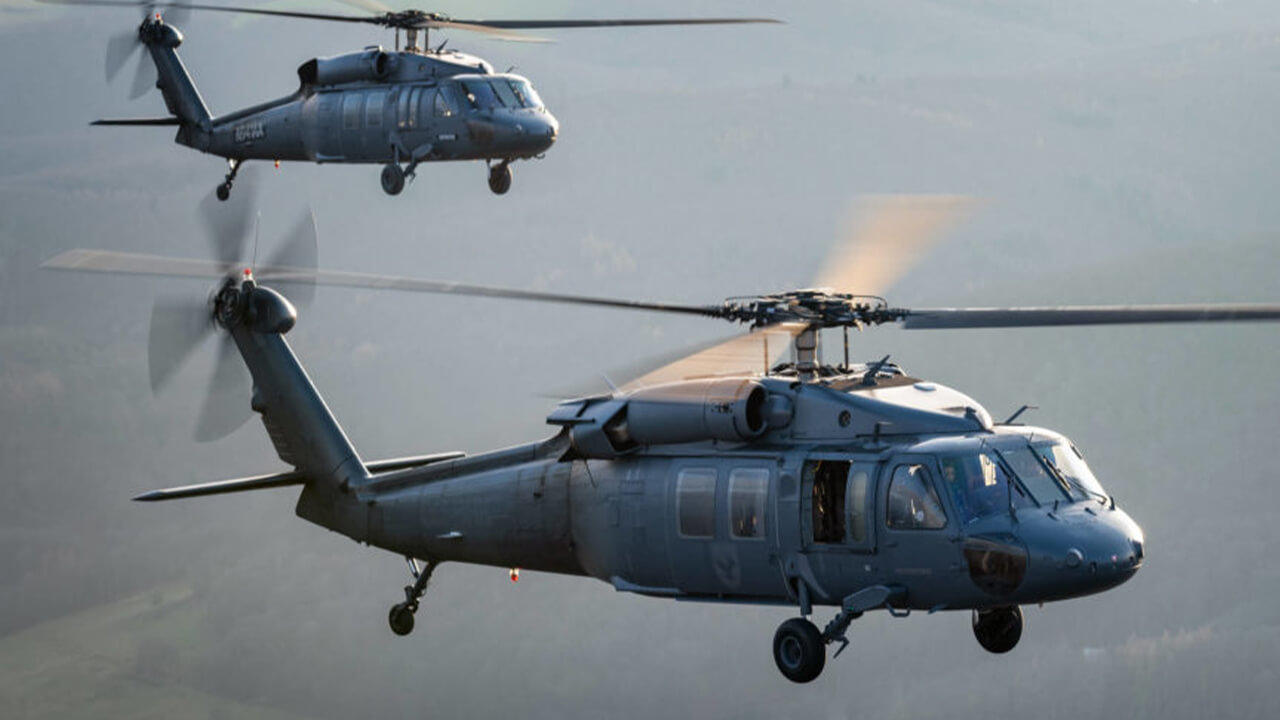Inside the UH 60: Exploring the Innovation Behind the Black Hawk
Inside the UH 60: Exploring the Innovation Behind the Black Hawk
Blog Article
Comprehending the Duty and Relevance of Different UH60 Components in Aviation Procedures
In the complex globe of air travel procedures, every component of a UH60 helicopter plays a vital duty in making sure effective and secure trips. As we check out the significance of the rotor system, engines, avionics, transmission system, and landing equipment in UH60 procedures, a much deeper gratitude for the synergy of these aspects arises, shedding light on the complexities that underpin the air travel industry's dedication to accuracy and dependability.
Rotor System
The rotor system, a crucial part in helicopter design, plays a critical function in giving lift and directional control throughout trip. Being composed of the primary rotor and tail blades, this system is accountable for creating the essential wind resistant pressures to keep the helicopter air-borne and manoeuvrable.
In comparison, the tail rotor, placed at the tail end of the helicopter, combats the torque created by the major blades's rotation, ensuring the helicopter stays well balanced and can make controlled turns. With each other, these blades components develop an innovative system that allows helicopters to do a broad array of flight maneuvers efficiently and safely.

Engines
In air travel operations, the appropriate performance of engines is vital to complementing the rotor system's wind resistant capabilities in helicopters. These turboshaft engines are critical elements that power the major rotor transmission, tail rotor system, and various other necessary helicopter systems. uh 60.
In situation of engine breakdowns or emergency situations, pilots rely on their training and the helicopter's layout functions to execute needed procedures quickly and safely. Generally, the engines in UH60 helicopters are necessary components that add significantly to the aircraft's operational success and goal performance.
Avionics
In the UH60 helicopter, avionics encompass a broad variety of systems that guarantee effective and safe flight. Navigation systems, like GPS and inertial navigating units, give accurate placing details to the crew, aiding in path preparation and making certain specific navigating throughout flights.
Furthermore, avionics play an important function in boosting situational understanding for pilots, allowing them to check crucial flight parameters, weather, and prospective hazards in real-time. By offering essential data and automation capacities, avionics add significantly to the safety and security, efficiency, and general performance of UH60 helicopters in diverse air travel operations.
Transmission System
An important part of the UH60 helicopter's capability and efficiency is its transmission system. The transmission system in a UH60 helicopter is responsible for moving power from the engines to the primary rotor and tail blades systems. This crucial part makes sure that the helicopter can steer efficiently and maintain security throughout flight operations.
The transmission system in the UH60 helicopter includes different parts, including the main transmission, intermediate transmission, tail transmission, and drive shafts. Each of these parts plays an important duty in making sure that power is distributed properly throughout the airplane.
The primary gearbox is especially important as it moves power from the engines to the major blades system, allowing the helicopter to lift off the ground and attain forward, backwards, and lateral motion. The tail gearbox, on the other hand, transfers power to the tail blades, which helps combat the main blades's torque and provides directional control.
Landing Gear


The landing gear of the UH60 helicopter acts as an essential element for guaranteeing safe and steady ground operations, enhancing the functionality of its transmission system. Containing wheels, shock absorbers, and assistance frameworks, the touchdown equipment supports the helicopter's weight throughout takeoff, touchdown, and while on the ground. The layout of the touchdown equipment is crucial for dispersing the aircraft's weight evenly to avoid tipping or architectural damage. In addition, the landing equipment plays a vital role in absorbing the effect of landings, lowering go to these guys the anxiety on the airframe and making certain a smooth goal. Proper maintenance of the landing equipment is necessary to guarantee ideal performance and security during operations. Regular website link evaluations, lubrication, and substitute of worn-out components are essential to promote the reliability and performance of the touchdown gear system. Pilots and ground staffs must follow proper procedures to make sure the integrity of the touchdown equipment and enhance general flight safety.
Verdict
In verdict, the various parts of the UH60 helicopter play crucial functions in guaranteeing the smooth operation of aeronautics activities. uh 60. The blades system, engines, avionics, transmission system, and landing equipment all work with each other to ensure the safety and security and efficiency of the aircraft. Comprehending the importance of each component is crucial for pilots, designers, and maintenance staff to ensure the overall capability of the UH60 helicopter throughout trip procedures

Report this page